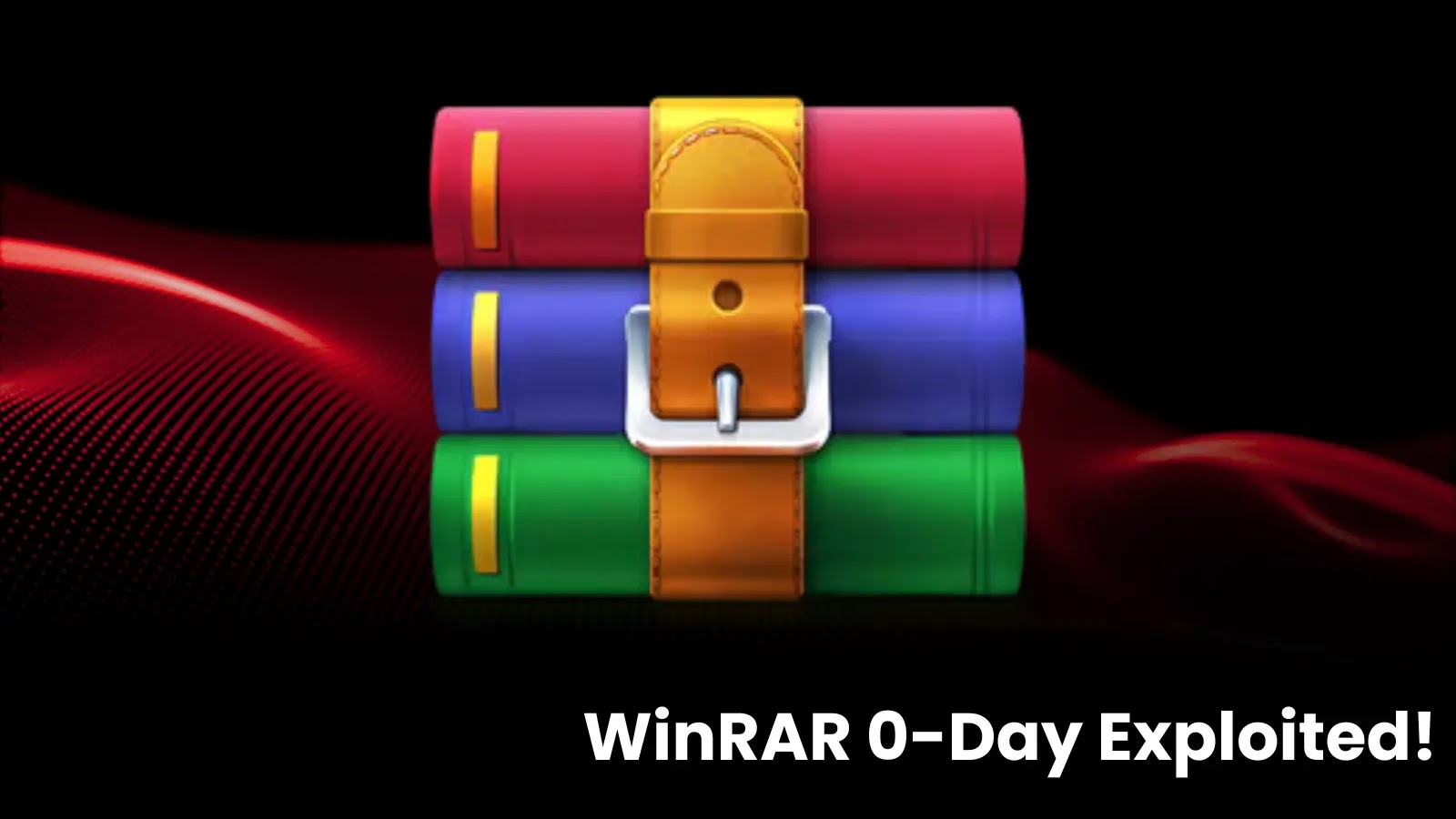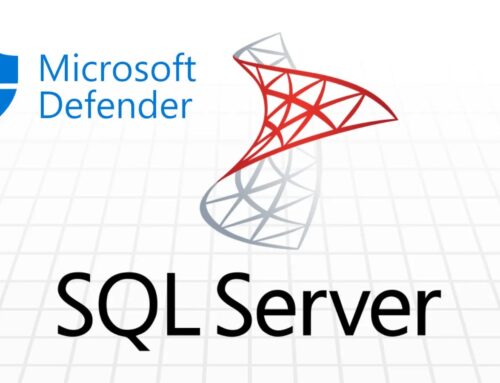
CVE-2025-8088 – WinRAR 0-Day Path Traversal Vulnerability Exploited to Execute Malware
The digital landscape is a constant battleground, where even the most ubiquitous software can become an unexpected vector for attack. Recently, a critical zero-day vulnerability in WinRAR, one of the world’s most widely used file archiving tools, has sent ripples through the cybersecurity community. Tracked as CVE-2025-8088, this path traversal flaw highlights the persistent threat posed by unpatched software and the sophisticated tactics employed by threat actors. This post delves into the specifics of this WinRAR 0-day, its implications, and the crucial steps organizations and individuals must take to protect themselves.
Understanding CVE-2025-8088: The WinRAR 0-Day Vulnerability
The vulnerability, identified as CVE-2025-8088, is a path traversal flaw affecting the Windows version of WinRAR. Discovered in mid-July 2025, this zero-day allows attackers to deploy malware on a victim’s system without their explicit knowledge. At its core, a path traversal vulnerability enables an attacker to manipulate file paths, often by using sequences like “../”, to access or write to directories outside of the intended scope. In the context of WinRAR, a specially crafted archive file (e.g., a .RAR or .ZIP file) can exploit this flaw to plant malicious executables in arbitrary locations on the user’s hard drive.
The severity of this vulnerability stems from WinRAR’s widespread adoption. Millions of users globally rely on it for managing compressed files, making the attack surface incredibly vast. An unsuspecting user simply opening or extracting a malicious archive could inadvertently trigger the malware’s execution.
The Exploitation Mechanism: How Attackers Leverage Path Traversal
The exploitation of CVE-2025-8088 hinges on the attacker’s ability to control the extraction path of files within a compressed archive. Here’s a breakdown of the typical attack chain:
- Crafting the Malicious Archive: An attacker creates an archive (e.g., .RAR, .ZIP) that contains not only legitimate-looking files but also a malicious payload. Crucially, the internal structure of the archive includes specially constructed file paths that utilize path traversal sequences (e.g.,
../../../../Windows/System32/malware.exe). - Social Engineering or Distribution: The malicious archive is then distributed to targets. This can occur via phishing emails, malicious websites, or compromised trusted sources.
- Victim Opens the Archive: When a user opens the archive with an unpatched version of WinRAR, the software incorrectly processes the malicious file paths during extraction. Instead of extracting files to the intended temporary folder or the user-specified destination, the path traversal flaw causes the malicious file to be written to a sensitive system directory, such as the Windows Startup folder or a common executable path (e.g.,
System32orProgram Files). - Malware Execution: Once placed in a susceptible location, the malware can achieve persistence or immediate execution, depending on its design. For instance, if placed in the Startup folder, it will execute the next time the system boots. If placed in a directory where legitimate programs are frequently run, it could be executed through various means.
This method bypasses traditional defenses that might inspect downloaded executables, as the initial “download” is the legitimate WinRAR archive, and the malicious content is embedded within its internal structure.
Impact and Consequences of a WinRAR 0-Day Exploit
The successful exploitation of CVE-2025-8088 can lead to a range of severe consequences for individuals and organizations:
- Data Theft and Espionage: Malware deployed could be information stealers, exfiltrating sensitive personal or corporate data.
- Ransomware Deployment: Attackers could deploy ransomware, encrypting critical files and demanding payment for their release.
- System Compromise: Complete control over the infected system, turning it into a botnet member or a jump-off point for further network penetration.
- Financial Fraud: If banking or financial credentials are compromised.
- Reputational Damage: For organizations, a breach can lead to significant reputational harm, loss of customer trust, and regulatory fines.
- Operational Disruption: Malware can disrupt business operations, leading to downtime and productivity losses.
The “0-day” aspect is particularly concerning because there was no prior warning or patch available when the vulnerability was first exploited, leaving users exposed.
Remediation Actions and Mitigation Strategies
Protecting against a critical vulnerability like CVE-2025-8088 requires a multi-layered approach. Immediate action is paramount to reduce exposure. While the information from the source is limited to the discovery phase, general best practices for zero-day vulnerabilities in common software apply:
- Update WinRAR Immediately: As soon as a patch is released for CVE-2025-8088, ensure all instances of WinRAR are updated to the latest secure version. Check the official WinRAR website for announcements and download links. Enable automatic updates if possible.
- Exercise Extreme Caution with Archives: Be highly suspicious of unsolicited or unexpected WinRAR archives, especially those arriving via email. Do not open or extract files from unknown sources.
- Use Reputable Antivirus/Endpoint Detection and Response (EDR): Ensure your antivirus software and EDR solutions are up-to-date and actively scanning. These tools can often detect and block known malicious payloads, even if the initial vulnerability exploitation is successful.
- Implement Application Whitelisting: For corporate environments, consider implementing application whitelisting solutions that only allow approved applications to run. This can prevent unexpected executables from running, even if they are placed by exploited vulnerabilities.
- Educate Users: Conduct regular cybersecurity awareness training. Users are often the first line of defense; they must be aware of phishing tactics and the dangers of opening suspicious attachments.
- Isolate and Sandbox Suspicious Files: If an archive looks suspicious, analyze it in a sandboxed environment before opening it on a production system. Cloud-based sandboxes or virtual machines can provide a safe space for analysis.
- Regular System Backups: Maintain regular, offsite backups of critical data. In the event of a successful ransomware or data-destroying attack, backups are your last line of defense for recovery.
- Monitor Network Traffic for Anomalies: Implement network monitoring tools to detect unusual outbound connections or lateral movement indicative of a compromised system.
Tools for Detection and Mitigation
Several tools can aid in the detection, analysis, and mitigation of threats associated with vulnerabilities like CVE-2025-8088:
| Tool Name | Purpose | Link |
|---|---|---|
| VirusTotal | Online service for analyzing suspicious files and URLs to detect malware using multiple antivirus engines. | https://www.virustotal.com/ |
| Cuckoo Sandbox | Open-source automated malware analysis system. Allows safe execution of suspicious files without risk to the host. | https://cuckoosandbox.org/ |
| Sysinternals Process Explorer | Advanced task manager that shows detailed information about running processes, including open files and network connections. | https://learn.microsoft.com/en-us/sysinternals/downloads/process-explorer |
| Wireshark | Network protocol analyzer that allows users to capture and interactively browse the traffic running on a computer network. Useful for detecting C2 traffic. | https://www.wireshark.org/ |
| Windows Defender (or equivalent EDR) | Built-in or third-party endpoint protection for real-time threat detection and remediation. | https://www.microsoft.com/en-us/windows/comprehensive-security |
Conclusion
The WinRAR 0-day path traversal vulnerability, CVE-2025-8088, serves as a stark reminder that even the most trusted and widely used software can harbor critical flaws. Its exploitation underscores the need for continuous vigilance, prompt patching, and robust security practices. Organizations and individuals must prioritize immediate updates, exercise extreme caution with untrusted files, and implement comprehensive security measures to defend against evolving cyber threats. Remaining informed and proactive is the most effective defense in the ongoing battle against sophisticated attack vectors.





